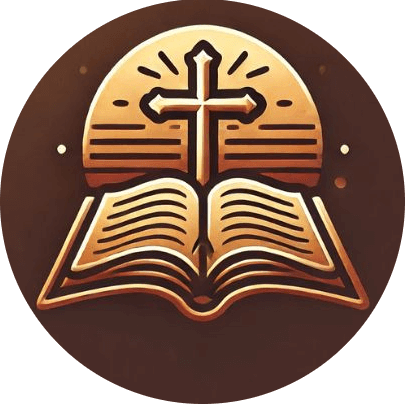What is the Battle of Gog and Magog?
Understanding a Future Prophetic War from Ezekiel 38–39 Since Israel’s stunning victory in the Six-Day War of 1967, the tiny Middle Eastern nation has become a formidable military power. With cutting-edge defense systems like the Iron Dome and deep ties with global allies, Israel appears well-prepared for any external threat. But Bible prophecy tells us … Read more

